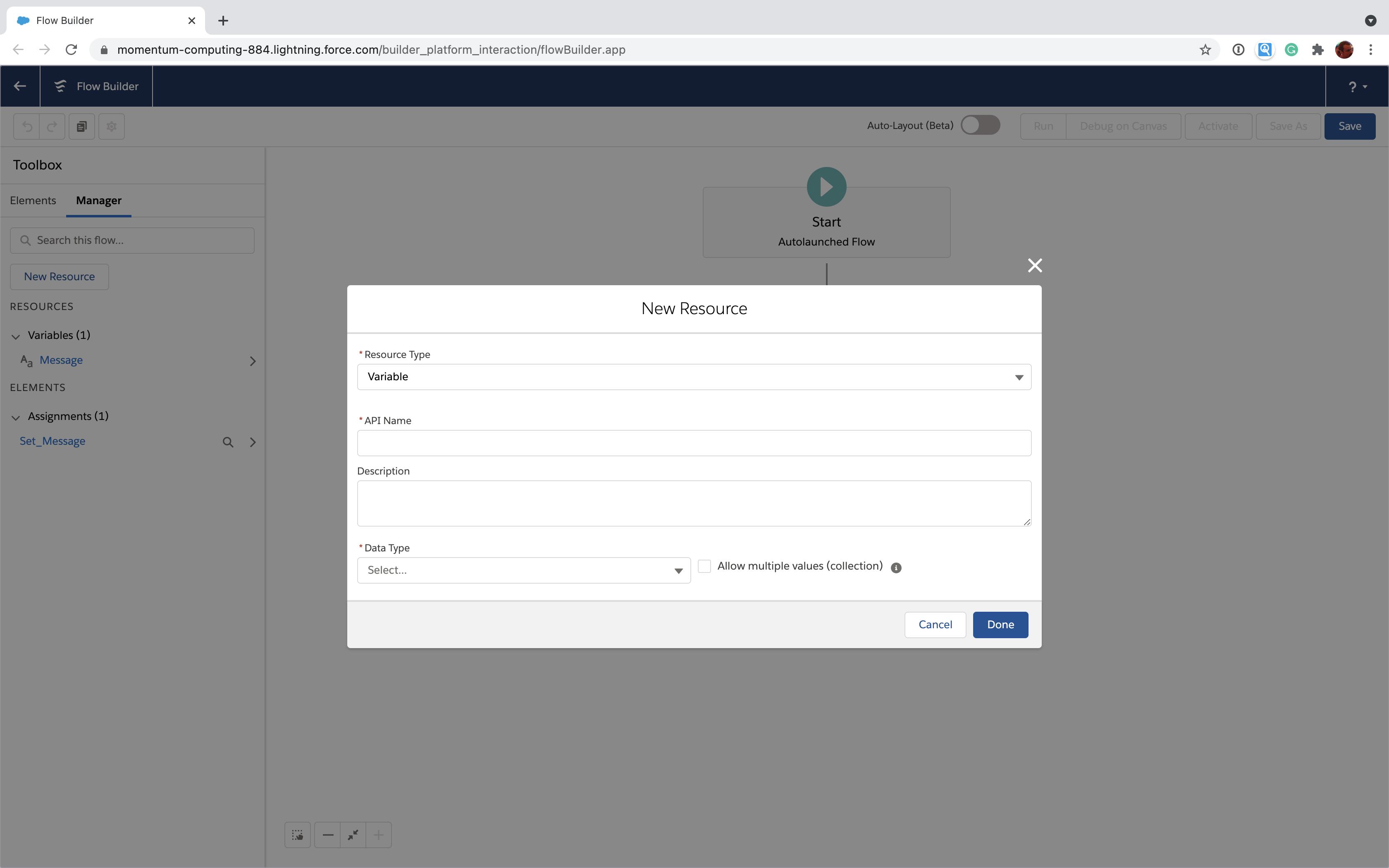Static territories shrink over time. But not (just) the way you think.
When we think shrinking territories, we usually think about a growing sales team reducing the size of everyone's patch. That certainly happens (though less so over the past 18 months).
But, there's another, sneakier, form of shrinkage that starts the day you hand a territory to a rep. And it starts with success.
Here's how it works for a mid-market AE. We'll call our AE Sam. The SDR team’s been cut, so Sam’s entirely responsible for prospecting and closing.
Sam has 600 accounts in her territory in January. You've done the revenue potential and pipeline math so you know that’s enough for Sam to hit her quota, which works out to 3 deals / month at your ACV. You’re also smart and you’ve considered activity levels. At your required activity levels, Sam can work 100 accounts a month so you expect her to work the whole patch 2x per year.
Sam’s awesome. She works hard and she hits quota each month.
Let’s look at what happens to her territory.
Each month there are 3 fewer accounts for her to work because she’s closed them! They’re with an AM now. By the end of the year, 36 accounts are no longer available. Effective territory size at year end: 564. No big deal.
Let's say that 10% of accounts she touches are disqualified. Any number of reasons: bad fit, M&A, out of business, on a multi-year contract with a competitor. Effective territory size at year end: 444. Interesting.
Now let's say that we want each account to rest 90 days between sequences. That means ~250 - 300 accounts are "at rest" (half her total territory!) at any given point in time. Effective territory size at year end: 144. Yikes, that's tight, but there's enough.
There's one more aspect to this. Sam's smart. She worked the best accounts. Some of those have been DQ'd. Now the dwindling "effective territory" increasingly contains lower-quality accounts as the year goes on. Not only are there fewer accounts, they're worse overall!
Sam has to do more and more outbound work to build pipeline. That effort that takes away from closing. Prospecting efficiency gets worse and there’s a good chance win rates do too.
Multiply this across the team and you may start to see pipeline coverage fall. It’s a sign of stress on the reps—all brought about because you did the “right thing” with your territory design.
You can't set and forget territories. You need have to have a process in place to top-up reps dynamically with more good accounts over the course of the year. If you want to learn more about the dynamic books model and how it can help, let me know.




